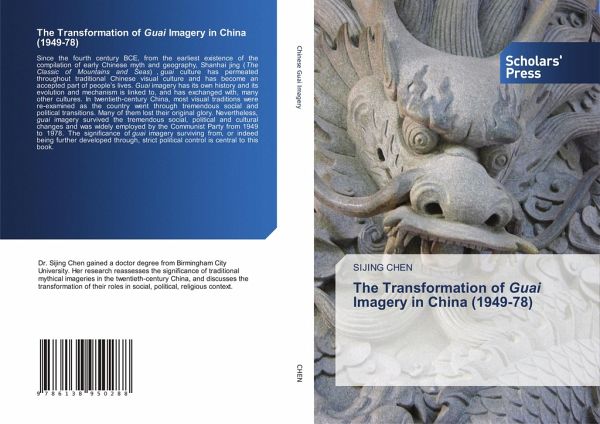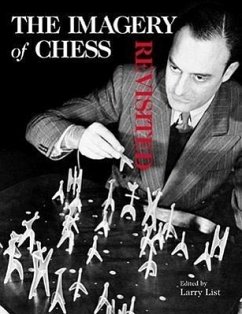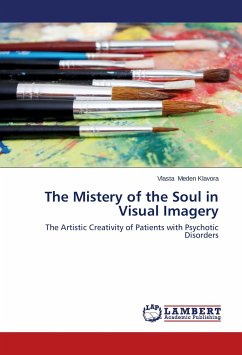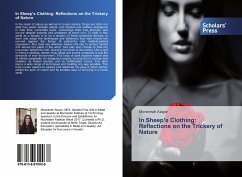
The Transformation of Guai Imagery in China (1949-78)
Versandkostenfrei!
Versandfertig in 6-10 Tagen
59,99 €
inkl. MwSt.

PAYBACK Punkte
30 °P sammeln!
Since the fourth century BCE, from the earliest existence of the compilation of early Chinese myth and geography, Shanhai jing (The Classic of Mountains and Seas), guai culture has permeated throughout traditional Chinese visual culture and has become an accepted part of people's lives. Guai imagery has its own history and its evolution and mechanism is linked to, and has exchanged with, many other cultures. In twentieth-century China, most visual traditions were re-examined as the country went through tremendous social and political transitions. Many of them lost their original glory. Neverth...
Since the fourth century BCE, from the earliest existence of the compilation of early Chinese myth and geography, Shanhai jing (The Classic of Mountains and Seas), guai culture has permeated throughout traditional Chinese visual culture and has become an accepted part of people's lives. Guai imagery has its own history and its evolution and mechanism is linked to, and has exchanged with, many other cultures. In twentieth-century China, most visual traditions were re-examined as the country went through tremendous social and political transitions. Many of them lost their original glory. Nevertheless, guai imagery survived the tremendous social, political and cultural changes and was widely employed by the Communist Party from 1949 to 1978. The significance of guai imagery surviving from, or indeed being further developed through, strict political control is central to this book.












